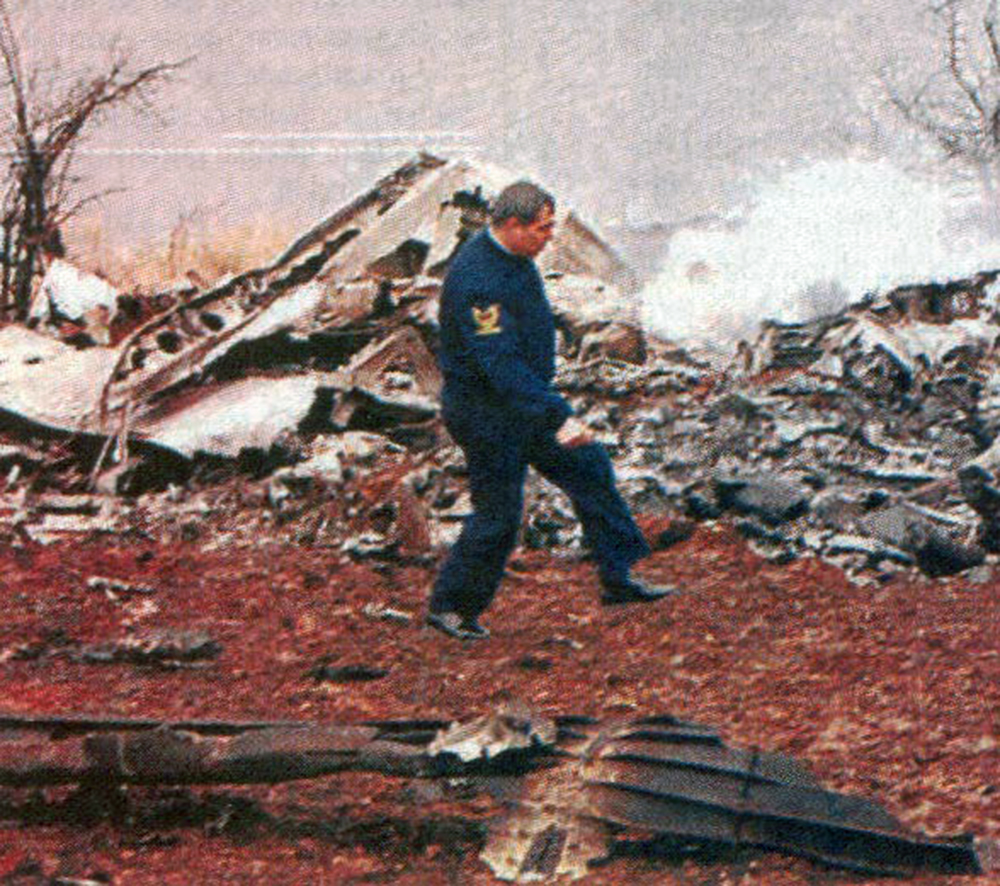Region
Crash of a Yakovlev Yak-42D near Trabzon: 75 killed
Date & Time:
May 26, 2003 at 0445 LT
Registration:
UR-42352
Survivors:
No
Schedule:
Bishkek - Trabzon - Zaragoza
MSN:
18 11 395
YOM:
1988
Flight number:
UKM4230
Crew on board:
13
Crew fatalities:
Pax on board:
62
Pax fatalities:
Other fatalities:
Total fatalities:
75
Aircraft flight hours:
18739
Aircraft flight cycles:
9700
Circumstances:
Chartered by the Spanish Government, the aircraft was completing a charter flight from Bishkek to Zaragoza with an intermediate stop in Trabzon, carrying 62 Spanish peacekeepers and 13 crew members. The 62 passengers were respectively 41 members of the Land Forces and 21 members of the Air Force who were returning to Spain following a peacekeeping mission in Afghanistan. While descending to Trabzon Airport by night, the crew encountered poor visibility due to foggy conditions. Unable to establish a visual contact with the approach lights and the runway 29, the crew initiated a go-around procedure. Few minutes later, while completing a second approach, the crew failed to realize he was not following the correct pattern for an approach to runway 29 when the aircraft impacted a mountain at an altitude of 4,600 feet. The aircraft disintegrated on impact and all 75 occupants were killed. The wreckage was found 3,5 km east of the village of Maçka, about 23 km southwest of the airport.
Probable cause:
The accident was the consequence of a controlled flight into terrain due to the combination of the following factors:
- Loss of situational awareness on part of the flying crew,
- The crew failed to comply with the Standard Operational Procedures published by the operator,
- The crew failed to follow the published approach charts,
- Implementation of a non-precision approach,
- Incorrect use of the automated flight systems,
- Inadequate training (LOFT),
- The crew descended below the MDA in limited visibility.
- Loss of situational awareness on part of the flying crew,
- The crew failed to comply with the Standard Operational Procedures published by the operator,
- The crew failed to follow the published approach charts,
- Implementation of a non-precision approach,
- Incorrect use of the automated flight systems,
- Inadequate training (LOFT),
- The crew descended below the MDA in limited visibility.
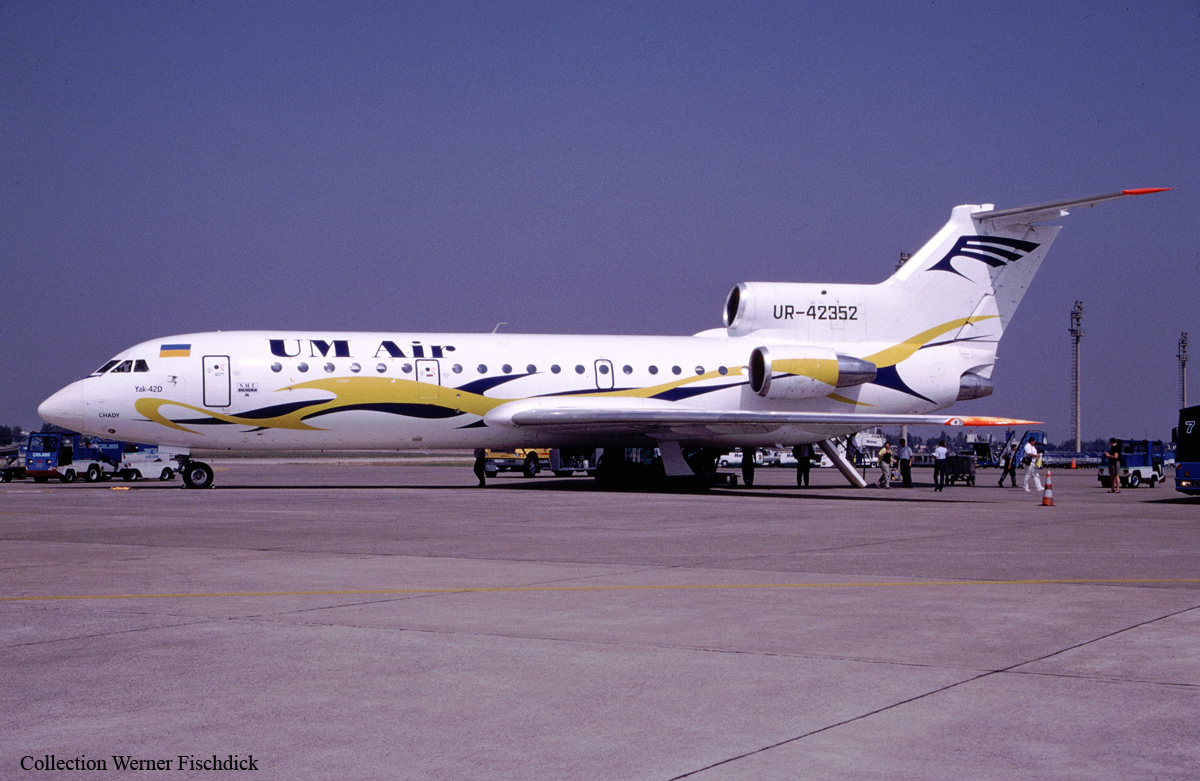

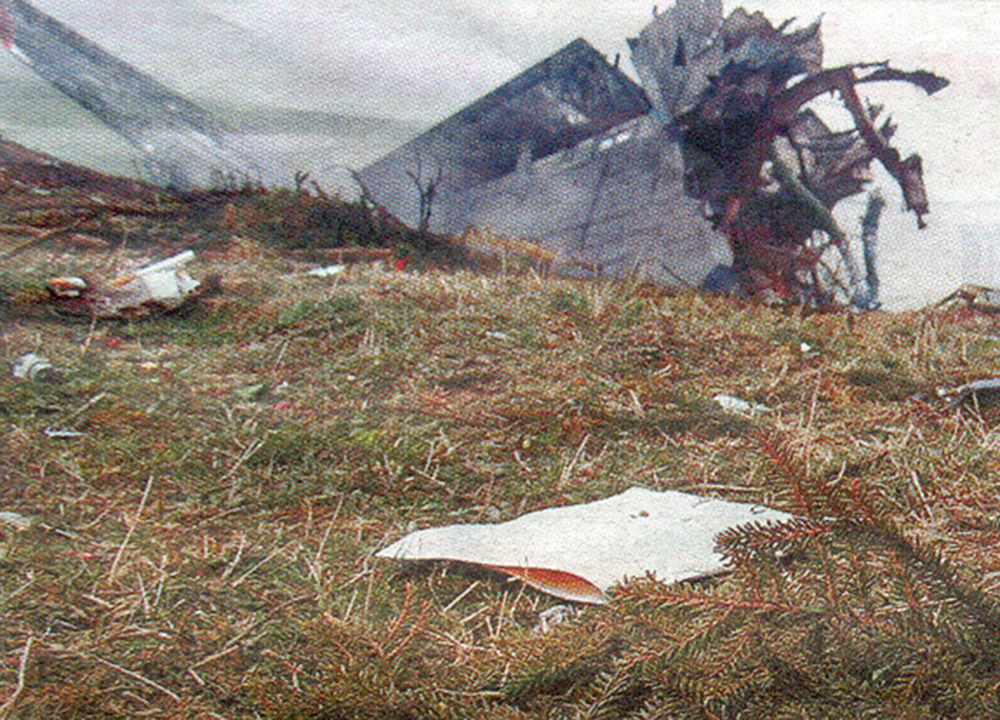
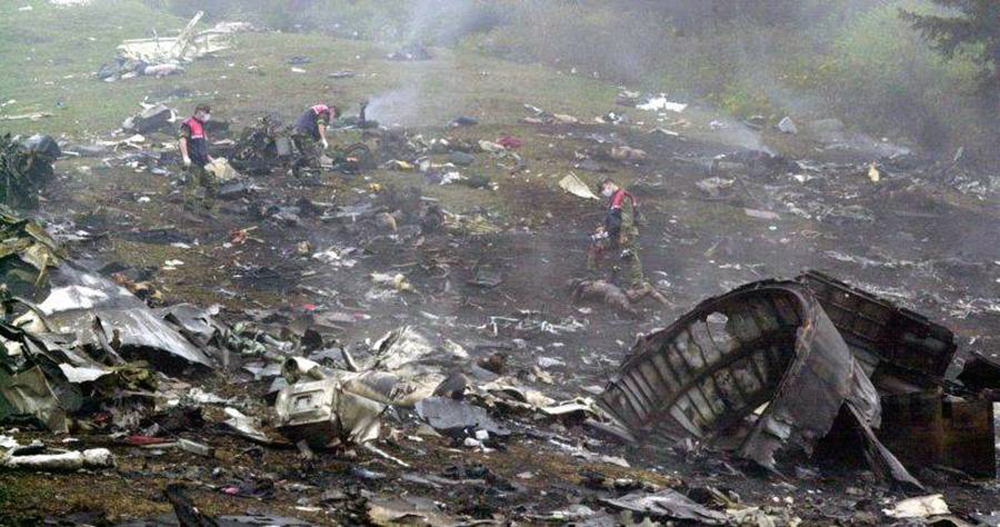
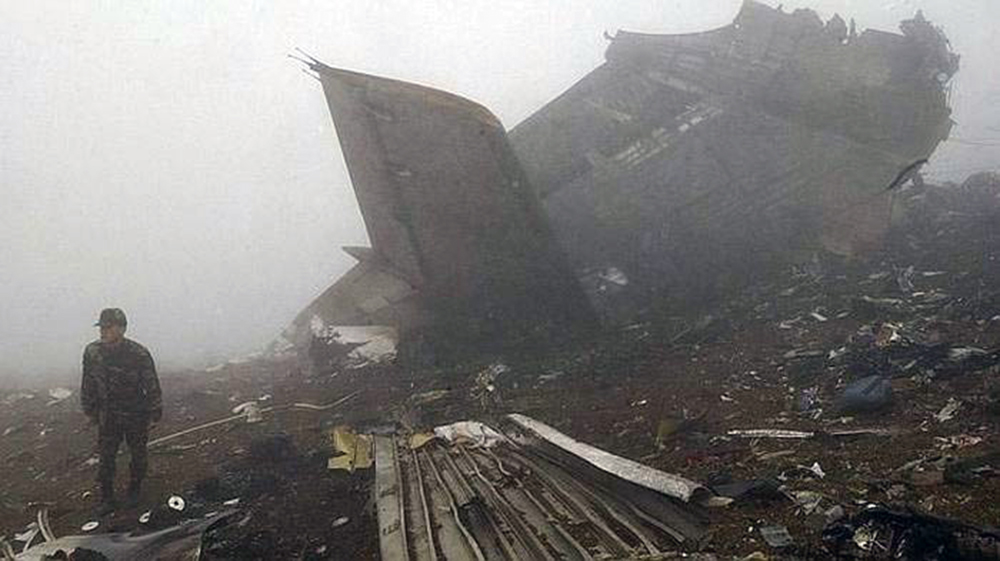
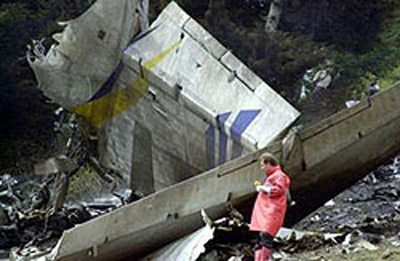
Crash of an Avro RJ100 in Diyarbakir: 75 killed
Date & Time:
Jan 8, 2003 at 2019 LT
Registration:
TC-THG
Survivors:
Yes
Schedule:
Istanbul – Diyarbakir
MSN:
E3241
YOM:
1994
Flight number:
TK634
Crew on board:
5
Crew fatalities:
Pax on board:
75
Pax fatalities:
Other fatalities:
Total fatalities:
75
Captain / Total hours on type:
473.00
Copilot / Total hours on type:
1802
Aircraft flight hours:
19289
Aircraft flight cycles:
16659
Circumstances:
On final approach to Diyarbakir Airport by night, the crew encountered marginal weather conditions with local patches of fog and limited visibility. On short final, in a slight nose down attitude, the aircraft struck the ground and crashed 900 metres short of runway 34, bursting into flames. Five passengers were seriously injured while 75 other occupants were killed. At the time of the accident, the crew was completing a VOR/DME approach to runway 34 that was not equipped with an ILS.
Probable cause:
It was determined that the crew established a visual contact with the runway lights when, on short final, due to the presence of local patches of fog, the pilot-in-command lost visual contact with the ground for few seconds. This caused the aircraft to descend below the MDA until it impacted the ground 900 metres short of runway threshold. Poor weather conditions were considered as a contributing factor.
Final Report:
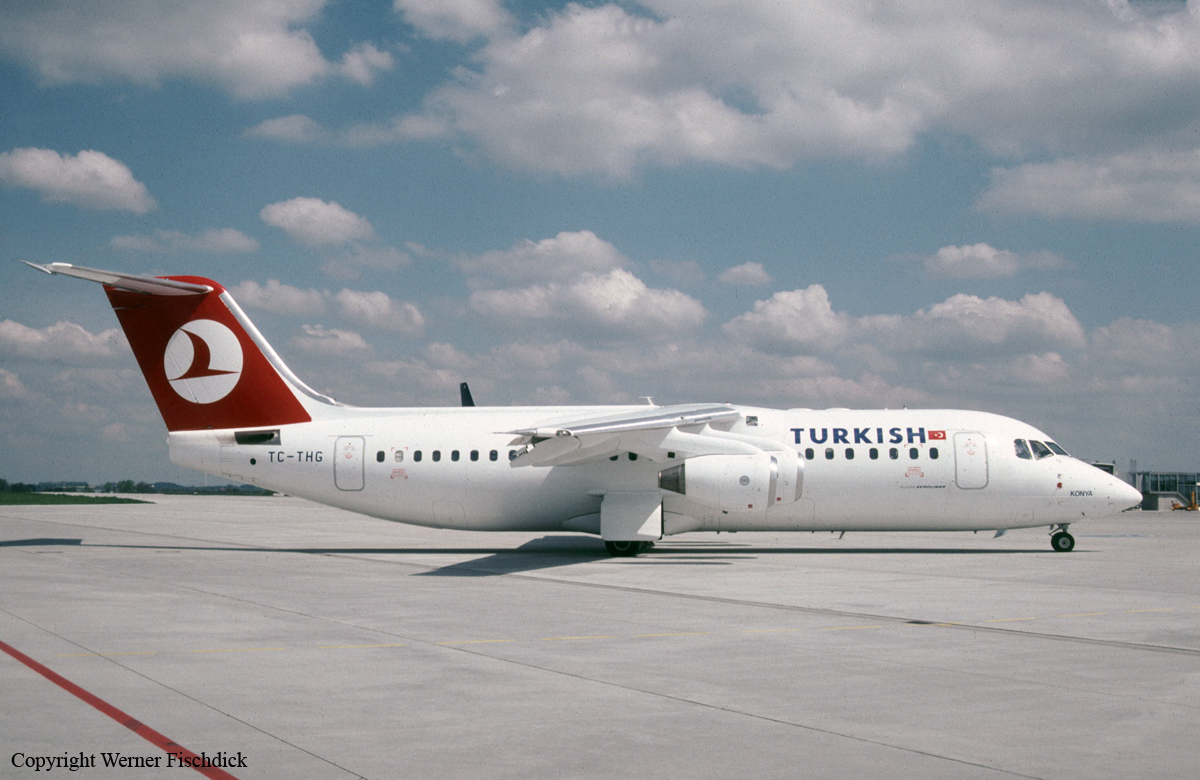
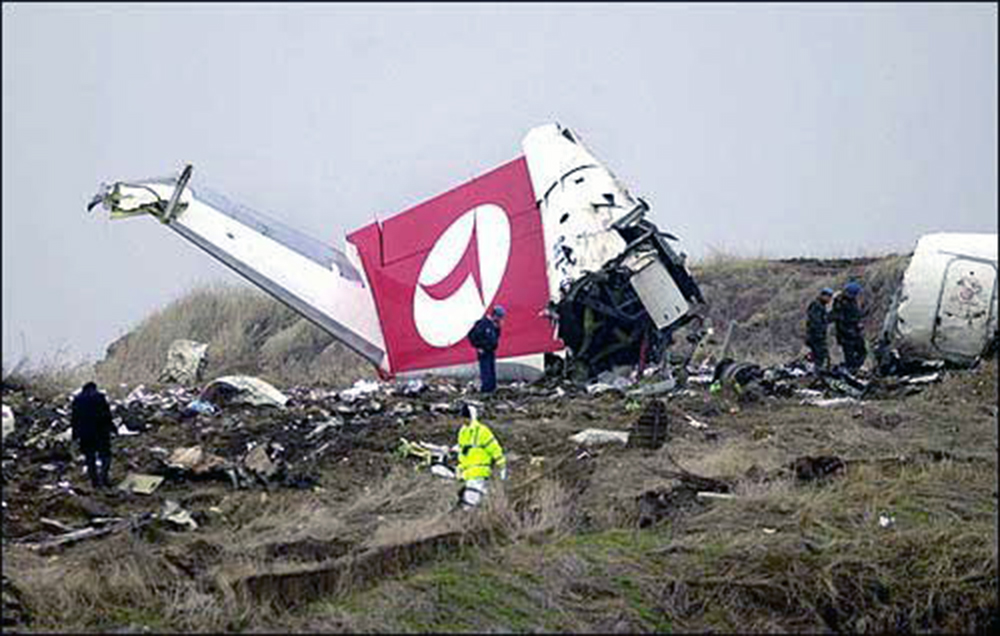
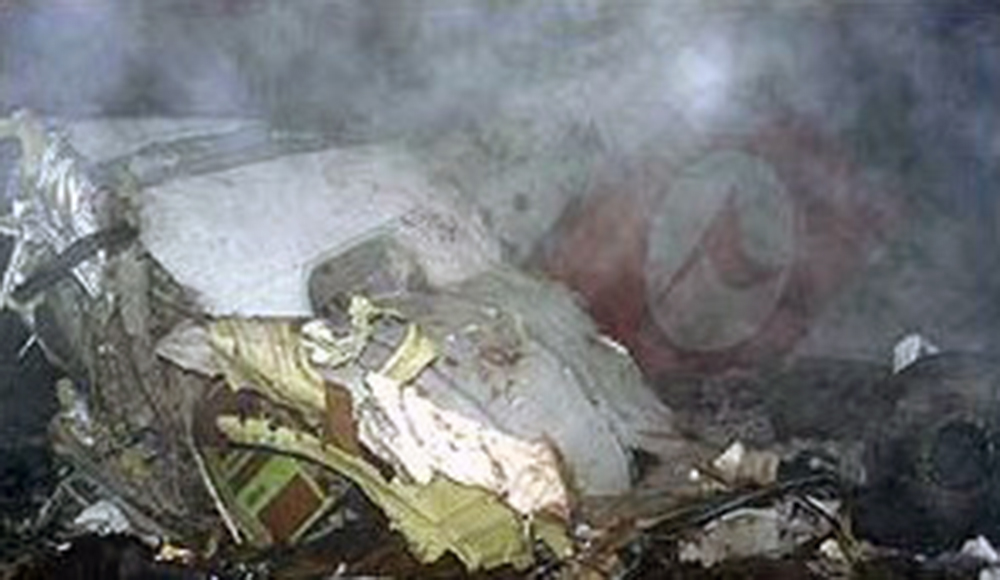

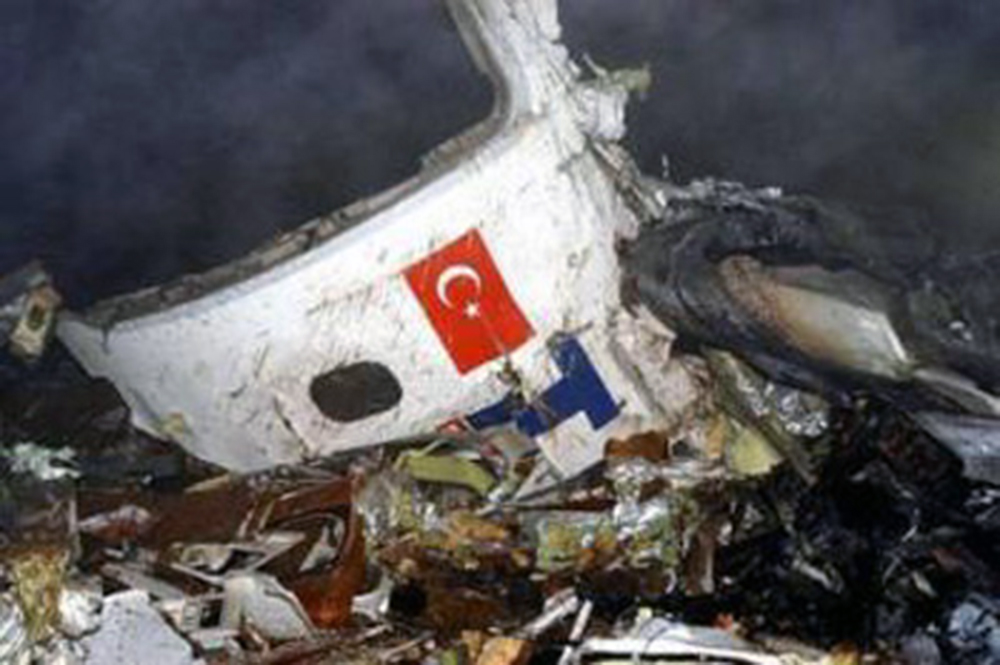
Crash of an Antonov AN-26B in Antalya
Date & Time:
Nov 9, 2002 at 1900 LT
Registration:
RA-26012
Survivors:
Yes
Schedule:
Asmara – Port Sudan – Hurghada – Antalya
MSN:
100 07
YOM:
1980
Flight number:
TMN9012
Crew on board:
8
Crew fatalities:
Pax on board:
19
Pax fatalities:
Other fatalities:
Total fatalities:
0
Circumstances:
The aircraft was completing a charter flight from Asmara to Antalya with intermediate stops in Port Sudan and Hurghada, carrying helicopter crews back in Russia. On approach to Antalya by night, the crew was informed about the poor weather conditions at destination with thunderstorm activity, visibility limited to two km, wind from 220 gusting at 35 knots. ATC advised the crew to maintain heading and to initiate a go-around in case they would not establish a visual contact with the runway. On short final, the left engine struck a 10 metres high electric pole. The aircraft lost height and crashed on a road located 1,325 metres short of runway and 550 metres to the left of its extended centerline. All 27 occupants were rescued, among them eight were injured. The aircraft was destroyed.
Probable cause:
The following findings were identified:
- The crew mistook the road lights for the airport lights and descended to low,
- The crew continued the approach after passing the MDA,
- The crew failed to initiate a go-around procedure,
- Limited visibility due to poor weather conditions,
- Some ATC instructions lead to confusion,
- Informations related to weather condition were inaccurate.
- The crew mistook the road lights for the airport lights and descended to low,
- The crew continued the approach after passing the MDA,
- The crew failed to initiate a go-around procedure,
- Limited visibility due to poor weather conditions,
- Some ATC instructions lead to confusion,
- Informations related to weather condition were inaccurate.
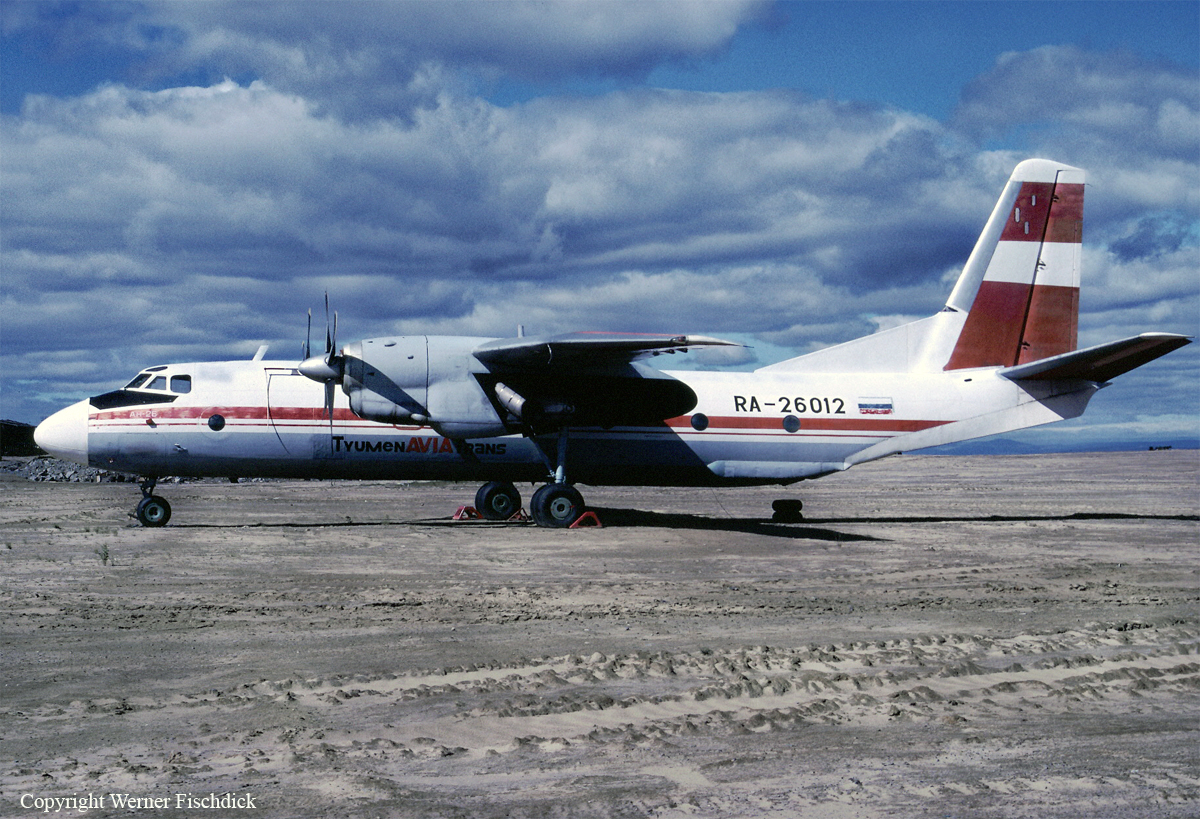
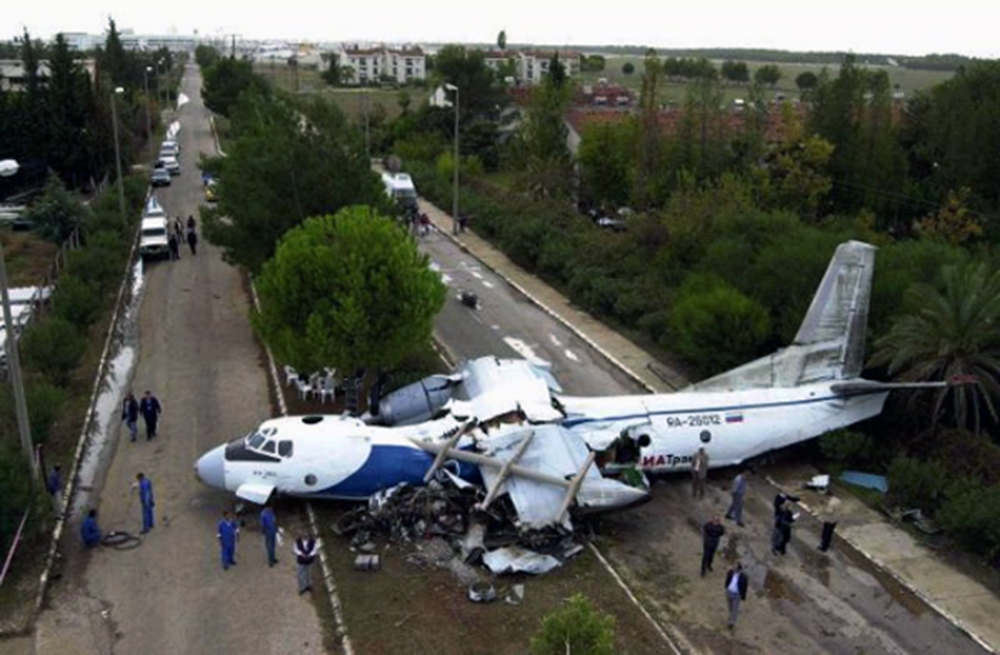
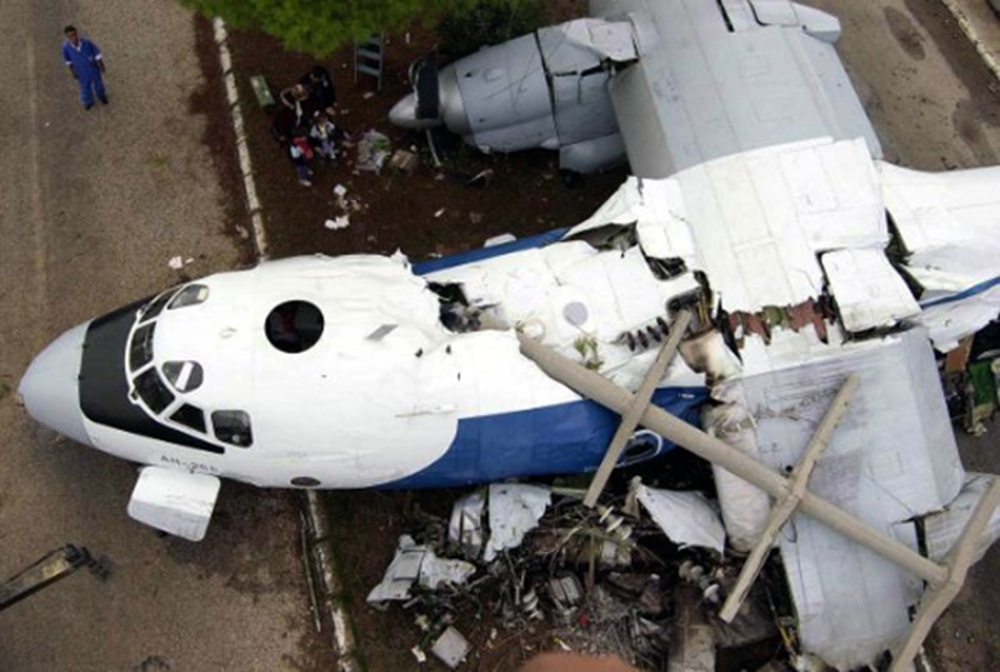
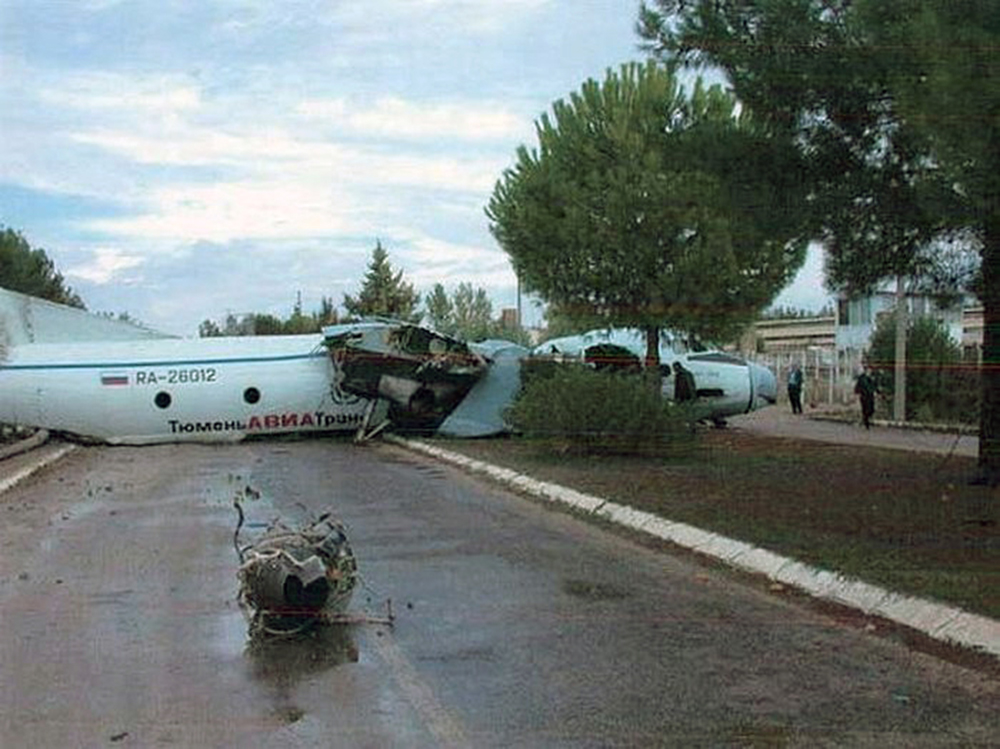
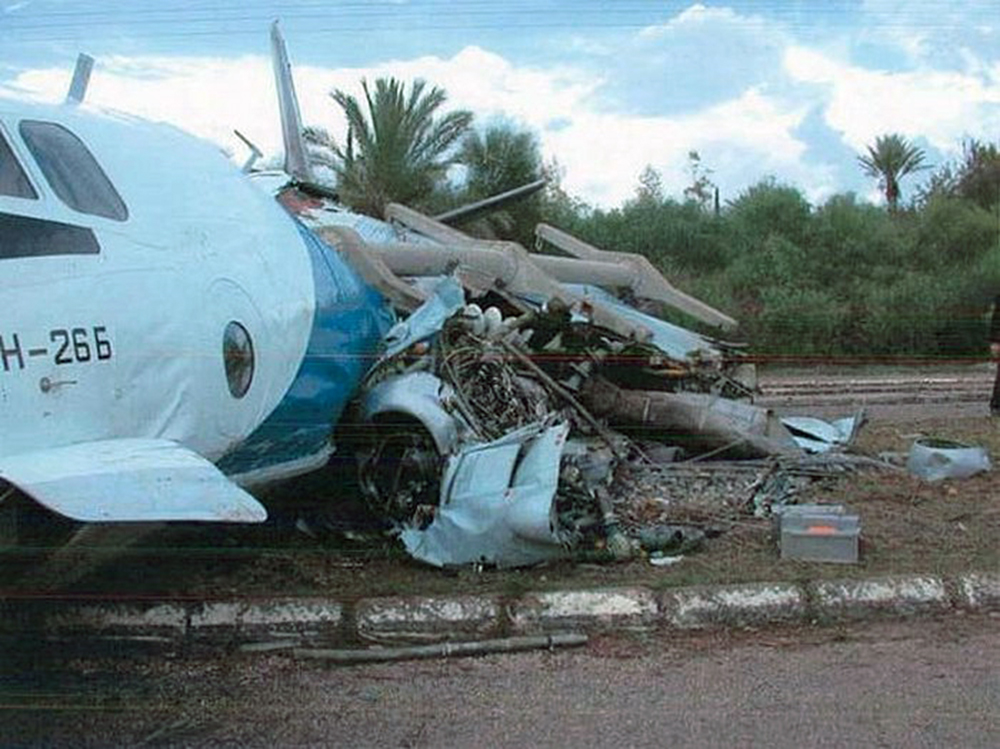
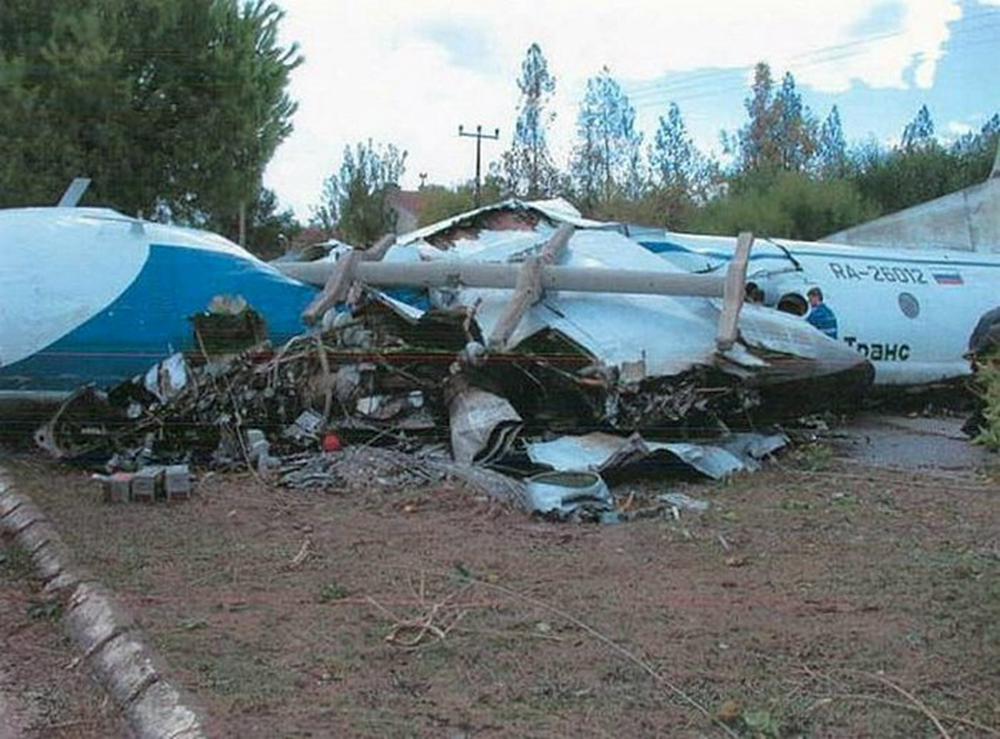
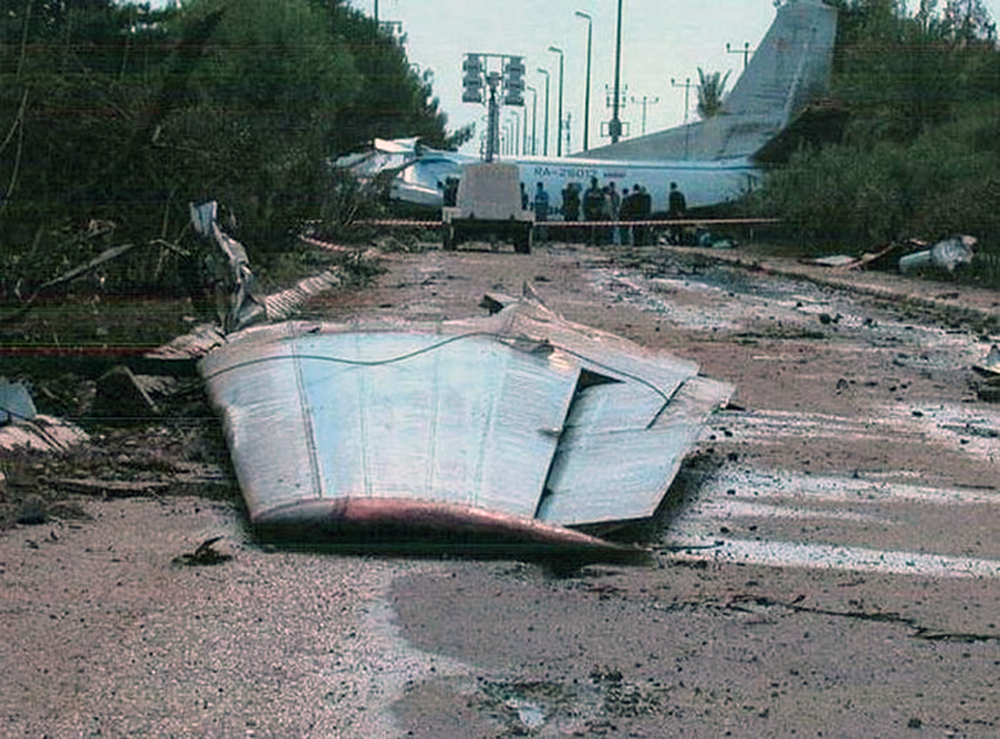
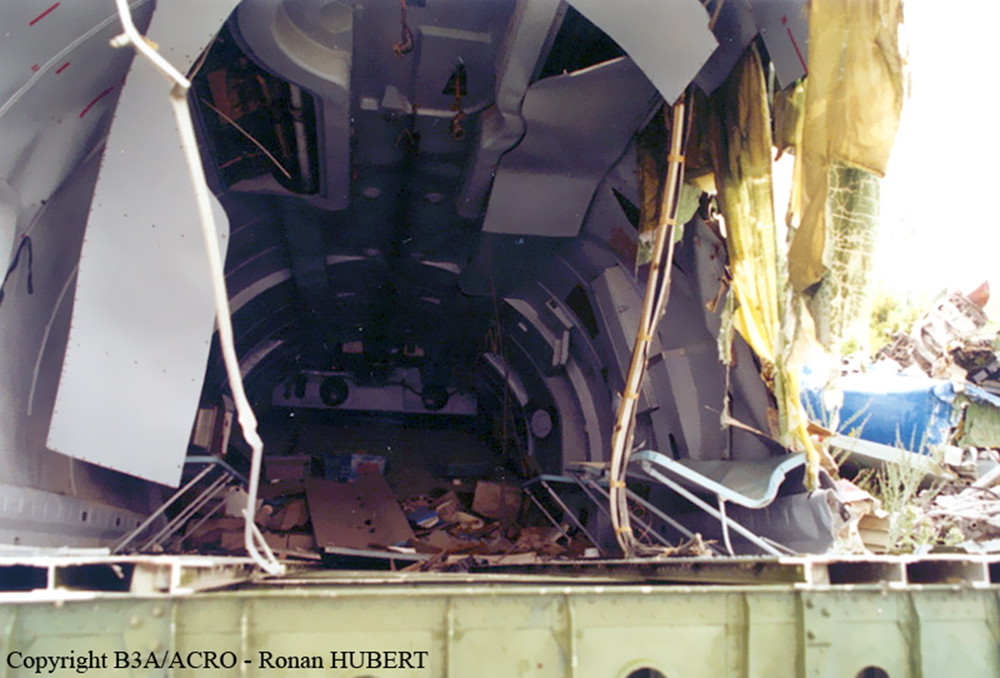

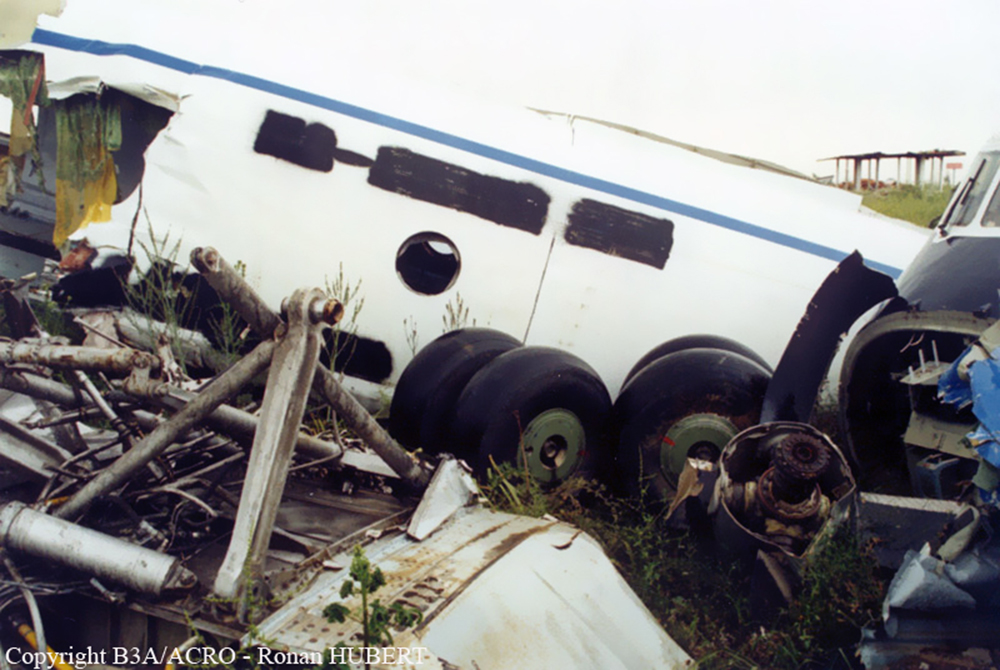
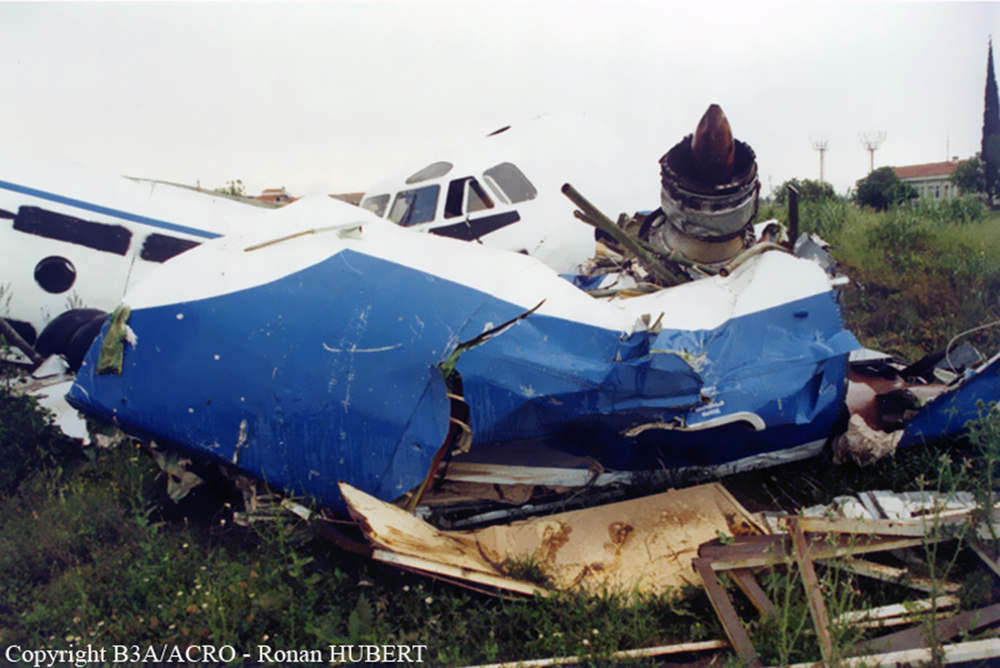

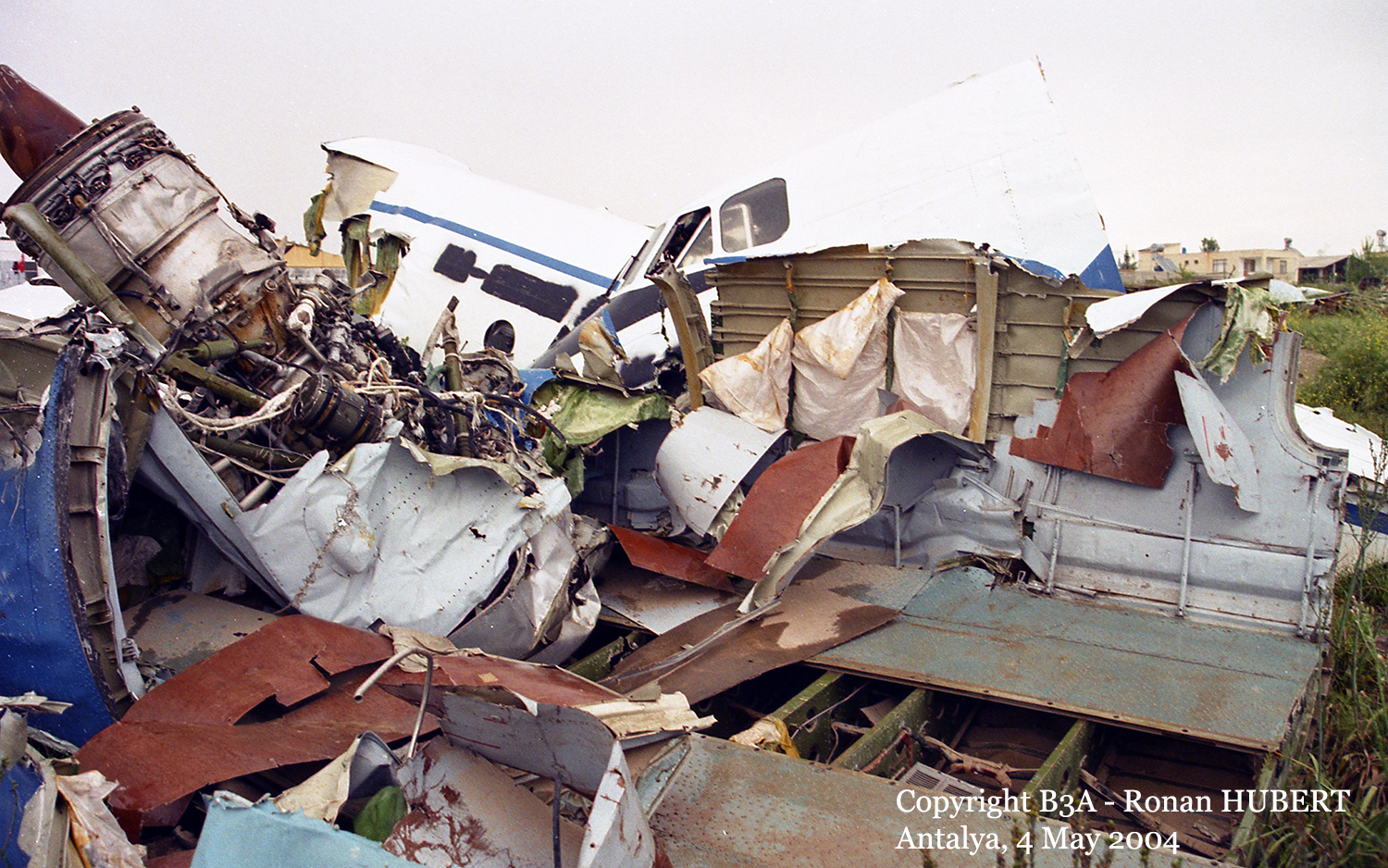
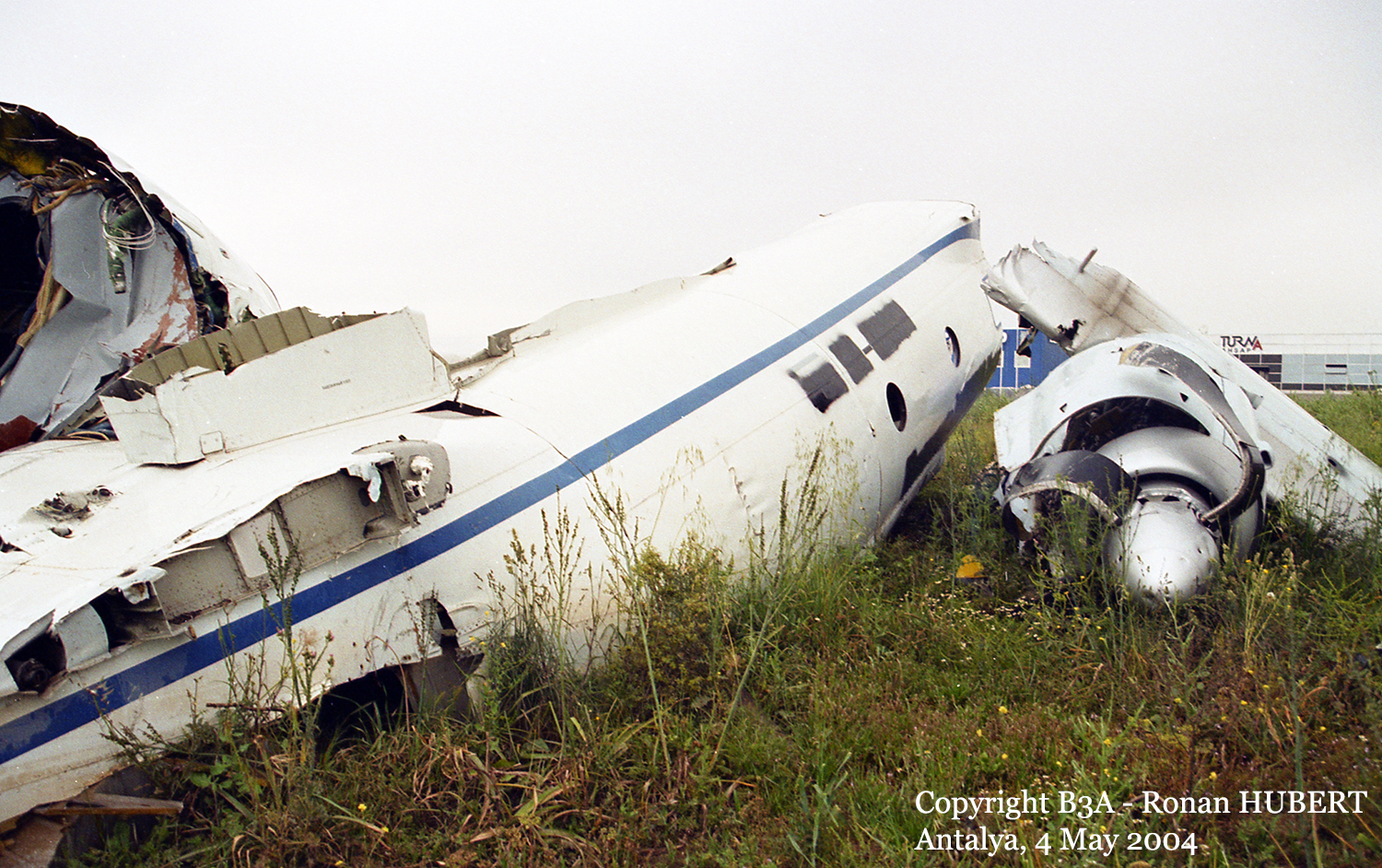

Crash of a Casa-Nurtanio CN235-100M (IPTN) in Ankara: 4 killed
Date & Time:
May 18, 2001
Registration:
TCSG-552
Survivors:
No
Schedule:
Ankara - Ankara
MSN:
C-153
YOM:
2000
Crew on board:
4
Crew fatalities:
Pax on board:
0
Pax fatalities:
Other fatalities:
Total fatalities:
4
Circumstances:
The crew was engaged in a local test flight at Ankara-Mürted AFB. Shortly after takeoff, while climbing to a height of about 100 feet, the aircraft went out of control and crashed, bursting into flames. All four crew members were killed. According to Turkish Authorities, this aircraft was the last of a series of eight CN-235 intended for the Turkish Navy and was still operated under the Turkish Coast Guard, taking part to a certification program. Several modifications have been made on this model by technicians from Turkish Aerospace Industries (TAI) and the crew consisted of four pilots, one Turkish and three Spanish from the Casa/EADS Consortium.
Probable cause:
In a report published at the end of June 2001, the Turkish and Spanish Authorities confirmed that despite the care taken in the quality control systems, the Turkish engineers were unable to detect a malfunction of the aileron control system probably stemming from an error made during the mounting. Despite the fact that the accident was attributable to the negligence of engineers at Turkish Aerospace Industries (TAI), investigators believe that the three accidents involving Casa CN-235s in Turkey in five months are likely to have resulted from three different causes.
Crash of a Casa-Nurtanio CN235-100M (IPTN) near Akçadağ: 34 killed
Date & Time:
May 16, 2001 at 1315 LT
Registration:
086
Survivors:
No
Schedule:
Diyarbakir – Ankara
MSN:
C-086
YOM:
1995
Crew on board:
6
Crew fatalities:
Pax on board:
28
Pax fatalities:
Other fatalities:
Total fatalities:
34
Circumstances:
The airplane departed Diyarbakir Airport at 1250LT on a flight to Ankara, carrying 28 passengers and six crew members on behalf of the 2nd Tactical Aerial Force. About 25 minutes into the flight, while cruising in poor weather conditions, the crew declared an emergency and elected to divert to Malatya-Erhaç Airport. Shortly later, the airplane entered an uncontrolled descent, rolled to the left, completed three successive barrels then crashed in an apricot tree plantation located near Akçadağ. The airplane was totally destroyed and all 34 occupants were killed. The loss of control occurred in poor weather conditions (rain and hail) while the airplane was cruising at an altitude of 17,000 feet and at a speed of 444 km/h.
Crew:
Maj Lütfü Ceylan, pilot,
Lt Murat Erdeveci, pilot,
Lt Yılmaz Tekgül, pilot,
Cpt Hakan Bizrelli,
Lt Mahir Turan, pilot,
Yilmaz Gulhan.
Passengers:
Lt Levent Sahin,
Halil Helvacioğlu,
Ümit Basaran,
Nadir Turkmène,
Mikail Altıntas,
Hasan Ersoy,
Turan Kalin,
Zeki Çınar,
Sudi Doruk,
Mehmet Özden,
Ebubekir Çakıcı,
S/Sgt Yılmaz Aydın,
S/Sgt Mahmut Öner,
Zahit Çelik,
Garçon Saadetin,
Sgt Tuncay Urhan,
Sgt Ferhat Öztürk,
Sgt Ersin Bartan,
Sgt Bulent Haluk Demir,
Sgt Isa Turkmène,
Pvt Halit Güney,
Pvt Erdal Şimşek,
Pvt Aydın Uçar,
Pvt Mutlu Kaymakçı,
Pvt Mehmet Ali Karabudak,
Nedim Akyol,
Şefik Ayaydın,
Pvt Atakan Caran.
Crew:
Maj Lütfü Ceylan, pilot,
Lt Murat Erdeveci, pilot,
Lt Yılmaz Tekgül, pilot,
Cpt Hakan Bizrelli,
Lt Mahir Turan, pilot,
Yilmaz Gulhan.
Passengers:
Lt Levent Sahin,
Halil Helvacioğlu,
Ümit Basaran,
Nadir Turkmène,
Mikail Altıntas,
Hasan Ersoy,
Turan Kalin,
Zeki Çınar,
Sudi Doruk,
Mehmet Özden,
Ebubekir Çakıcı,
S/Sgt Yılmaz Aydın,
S/Sgt Mahmut Öner,
Zahit Çelik,
Garçon Saadetin,
Sgt Tuncay Urhan,
Sgt Ferhat Öztürk,
Sgt Ersin Bartan,
Sgt Bulent Haluk Demir,
Sgt Isa Turkmène,
Pvt Halit Güney,
Pvt Erdal Şimşek,
Pvt Aydın Uçar,
Pvt Mutlu Kaymakçı,
Pvt Mehmet Ali Karabudak,
Nedim Akyol,
Şefik Ayaydın,
Pvt Atakan Caran.
Crash of a Casa-Nurtanio CN-235M-100 (IPTN) in Sarimsakli: 3 killed
Date & Time:
Jan 19, 2001 at 1100 LT
Registration:
097
Survivors:
No
Schedule:
Kayseri - Kayseri
MSN:
C-097
YOM:
1995
Crew on board:
2
Crew fatalities:
Pax on board:
1
Pax fatalities:
Other fatalities:
Total fatalities:
3
Circumstances:
The crew (two pilots and one technician) departed Kayseri-Erkilet AFB on a local training flight. While flying at a relative low altitude, the twin engine aircraft entered an uncontrolled descent, dove into the ground and crashed near the Sarimsakli Dam, about 22 km northeast of Kayseri Airbase. The aircraft was totally destroyed and all three occupants were killed.
Probable cause:
It was reported that the crew was simulating an engine failure when control was lost. Apparently following a misunderstanding by the crew and a lack of coordination, one of the crew member mistakenly shut down the second engine. The aircraft lost speed and height then stalled and crashed. The distance between the aircraft and the ground was insufficient to expect stall recovery.
